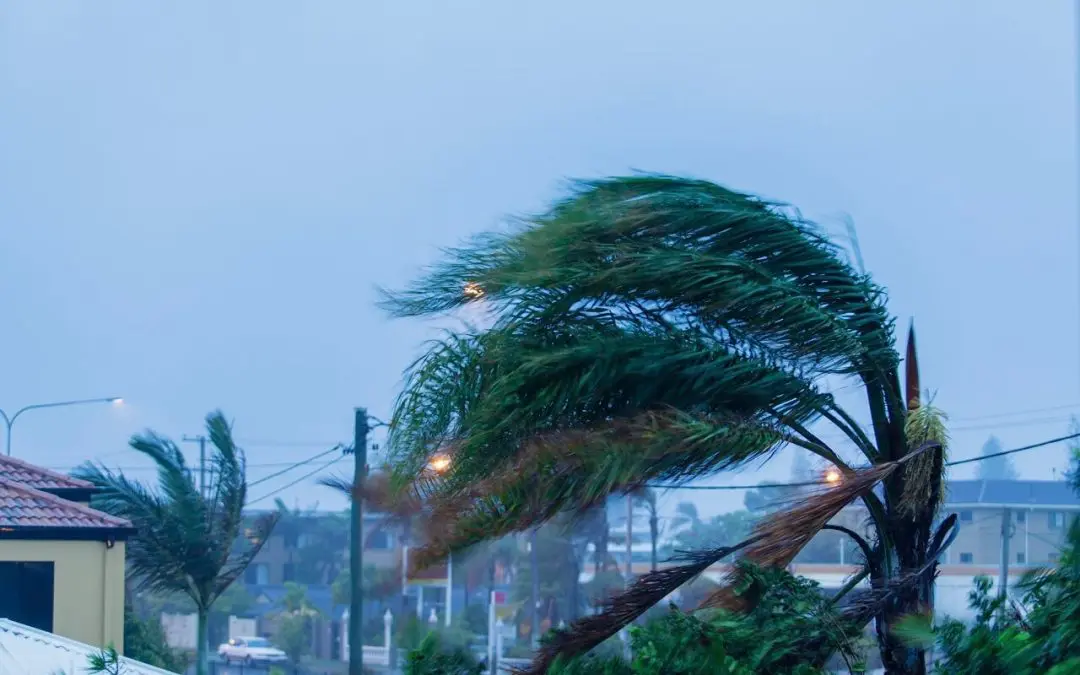Wind mitigation inspections are essential for homeowners in Florida, a state frequently affected by hurricanes and tropical storms. This inspection provides peace of mind and potentially leads to substantial savings on homeowners insurance. Here’s a comprehensive look at what wind mitigation inspections involve, why they are essential, and how they can benefit Florida residents.
What is a Wind Mitigation Inspection?
A wind mitigation inspection assesses a home’s ability to withstand or mitigate the effects of high winds caused by hurricanes and tropical storms. An inspector looks at specific features of your home that contribute to its overall wind resilience. These features include the roof shape, construction materials, quality of window and door protections, and the stability of the roof attachment to the walls.
Why are Wind Mitigation Inspections Important in Florida?
Florida’s geographic location makes it particularly vulnerable to hurricanes, making wind mitigation inspections necessary for homeowners. The primary goals of these inspections are to:
- Enhance safety: Identifying and reinforcing weak points in a home’s construction can significantly improve safety during storms.
- Insurance discounts: Florida law requires insurance companies to offer discounts on premiums if a home has features that reduce wind damage. These discounts can be substantial, depending on the wind mitigation features present.
- Preventative maintenance: The inspection process can help homeowners identify maintenance needs that could prevent future wind damage.
Key Features Examined During an Inspection
During a wind mitigation inspection, an inspector reviews several critical areas of the home;
- Roof covering: Inspectors check the age and material of the roof. Newer and certain types of materials, like metal roofing, are often more wind-resistant.
- Roof shape: Certain roof shapes, such as hip roofs, are more effective at reducing wind pressure than others, like gable roofs.
- Roof deck attachment: The method and strength of the roofing material attached to the deck are checked.
- Roof-to-wall attachments: Stronger attachments, such as metal straps that wrap over the top of the trusses or rafters, provide greater wind resistance.
- Secondary water resistance: This layer of protection helps prevent water from entering the home if the roof covering is blown off.
- Opening protections: Inspectors look for fortified windows, doors, and garage doors. Impact-resistant features can prevent wind and debris from entering the home.
How to Prepare for a Wind Mitigation Inspection
To prepare for a wind mitigation inspection, homeowners should:
- Gather any roof-related documentation for renovations or updates, including permits and receipts.
- Ensure easy access to the attic, as inspectors will need to examine the roof’s structure.
- Clear any clutter that might obstruct access to windows, doors, and other features pertinent to the inspection.
Choosing the Right Inspector
When selecting an inspector, choose a licensed professional specializing in wind mitigation. Look for someone with good reviews and proper credentials to ensure your inspection is conducted thoroughly and accurately.
For Florida homeowners, investing in a wind mitigation inspection is a strategic move to enhance property safety and a wise financial decision. Understanding and improving your home’s wind-resistant features can protect your property, reduce insurance costs, and ensure peace of mind as storm seasons approach. Remember, taking proactive steps through such inspections can significantly affect how your home withstands Florida’s challenging weather conditions.
Frequently Asked Questions about Wind Mitigation Inspections in Florida
How long does a wind mitigation inspection typically take?
Most inspections take approximately an hour or two to complete, depending on the size and complexity of the home.
What is the difference between wind mitigation and standard home inspections?
A wind mitigation inspection focuses explicitly on features that protect a home against wind damage. In contrast, a standard home inspection evaluates the overall condition of a house, including electrical systems, plumbing, foundation, etc.
What documentation will I receive after the inspection?
After the inspection, you will receive a wind mitigation form, often the Uniform Mitigation Verification Inspection Form, which details the features of your home and their compliance with wind mitigation standards.
If my home fails a wind mitigation inspection, what are my options?
There is no pass or fail for a wind mitigation inspection; instead, it identifies areas for potential improvement. You can use the inspection report to upgrade your home, which may later qualify for insurance discounts.
Jamie Schaefer, Professional Home Inspector, offers wind mitigation inspection services to homebuyers and sellers in the Ocala, Florida, area. Contact us to request an appointment.

